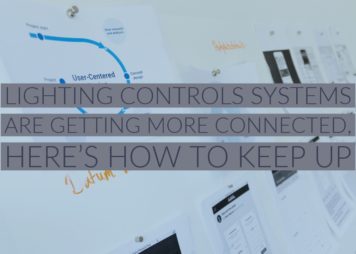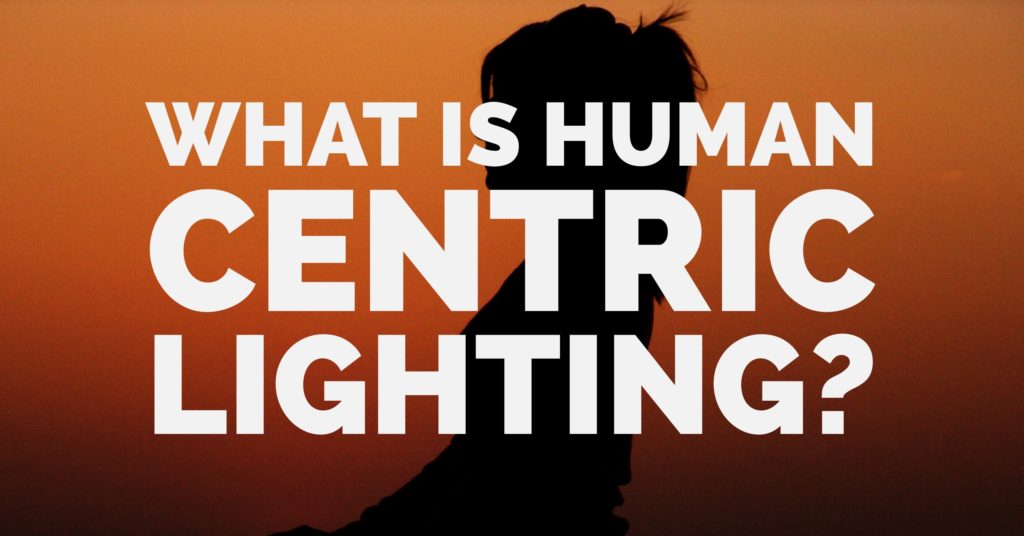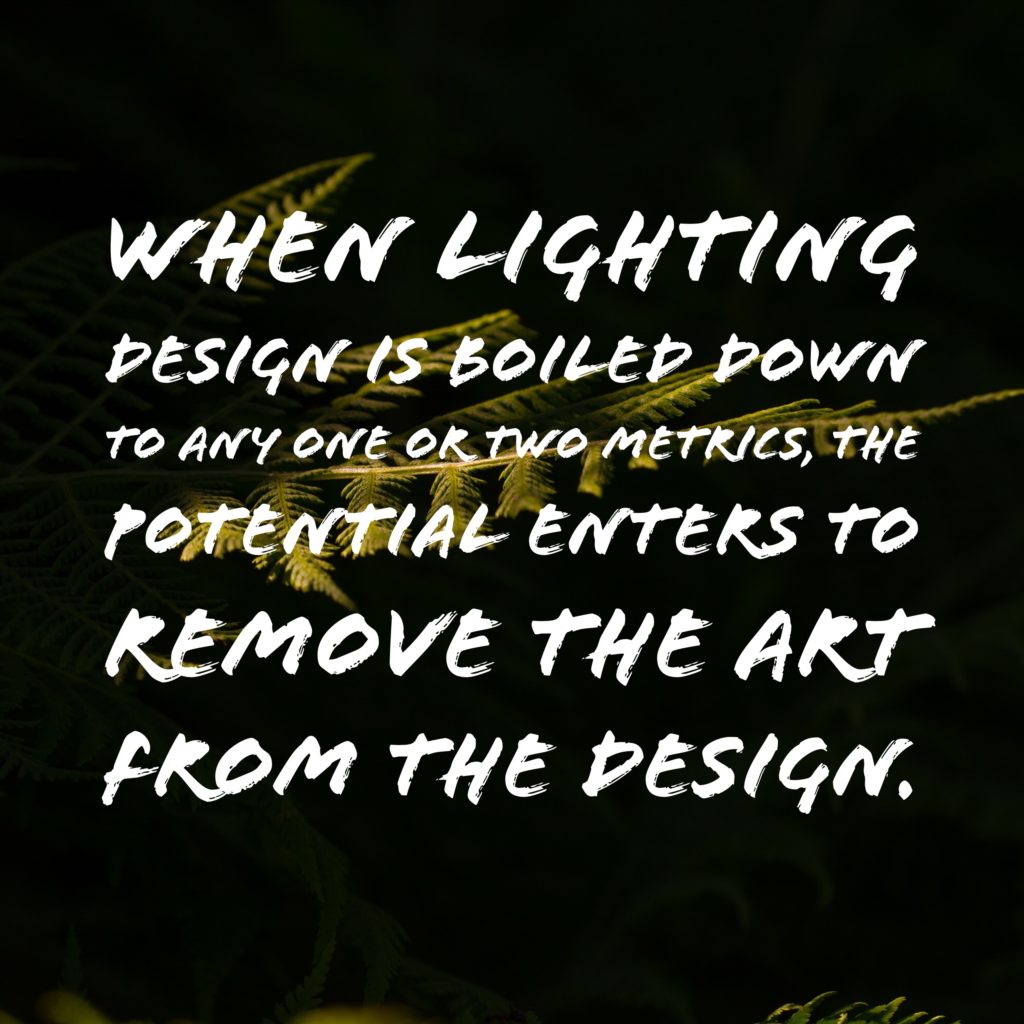Lighting Tips

Lighting Controls Systems Are Getting More Connected, Here’s How To Keep Up
Connected Lighting Is Here, Now What? Lighting control systems today are evolving as rapidly as...
Read Article
Human Centric Lighting is one of those industry buzz words that has been shot around in articles a lot but doesn’t necessarily have a concrete meaning to many of us. Googling the definition isn’t of much help, either.
Here’s what I found from LEDInside:
Human centric lighting is defined by LightingEurope as a type of lighting that can benefit the biological, emotional, health, or wellbeing of people. This is achieved by dimming the smart light source, most likely an LED, to mimic the levels of sunlight throughout the day.
At the same time, ArchitecturalSSL published an article that sought to be definitional on the subject. It too seemed to focus on the mimicking of daylight by artificial sources through a space.
There is a significant amount of science backing this way of thinking, that science is the basis for the Well Building Standard, which seeks to make office space tenants happier, healthier and more productive, by influencing several aspects of the built environment, including lighting.
Here’s what I think is missing from discussions of human centric lighting.
Lighting design sits right on the crossroads of art and science. The best designers can both intuitively understand how to light a space for beauty and effectiveness and use the science of lighting to plan these results effectively. When lighting design is boiled down to any one or two metrics, the potential enters to remove the art from the design. You might say, “yes, but we’re talking about office spaces, not installations anyone would call ‘art’.”
You’re right – and that is exactly the problem. For decades delivering 30 foot-candles at the working plane was all that was considered necessary to deliver good lighting for an office-style working environment. Working with your hands? Raise the light level. Looking at a screen? Lower it. This kind of reductionist theory of lighting design has made too many office environments bland shadowless fluorescent boxes.
As lighting manufacturers clambor to add tunable white LED to their offering, I fear that we will simply add a layer to what is stock lighting design practice. Thirty foot-candles and it must be a tunable source, boom good design!
Anyone that has worked with lighting knows that it’s more complicated than that and what continually disappoints office tenants isn’t only CCT, but issues like glare, spaces being over lit, lack of any differentiations between areas, and lack of personal controls are just a few of the issues occupants of offices, schools and healthcare environments complain about. The solution is more than Human Centric Lighting, it’s great lighting design.
As energy codes get tighter, and the demand for sustainable lighting solutions grows, lighting controls continue to take on a greater and greater role in the execution of a successful lighting design. Occupancy sensing and daylight harvesting are just the code-mandated tip of the iceberg when it comes to superior lighting control.

The future of great lighting control will be individually adjustable lighting conditions. It will also be algorithms that not only adjust for the guidelines of human centric lighting, but can also be tuned to the preferences of each person. For instance, human centric lighting guidelines would tell you that I need direct lighting with enough blue to keep me alert to effectively be alert and concentrate on my work. What no guideline could know is that my preference is actually to have as little ambient light as possible when I write. I want all of my focus to be on the words on the screen I find all other stimulus distracting. But when I’m making phone calls or answering emails, I like my cubicle more openly lit, so I can review reference materials or handwrite notes.
The best controls and lighting schemes will allow for spaces that have both opportunities for common lighting to enhance circadian rhythms, but also give people spaces that can be more individualized and give them the personal environment they want to be their most productive.
I’ve focused office spaces, but these issues need to be thought through for other environments as well, particularly in healthcare and educational environments. Patients and students have the least autonomy of their environment so anything we can do as a design/build community to make spaces that are healthier and more enjoyable for these populations must be explored.
What’s your take on Human Centric Lighting? Is this the next wave or just a nice thing to talk about at conferences?
Fill out the form below and we'll be in touch as soon as possible.